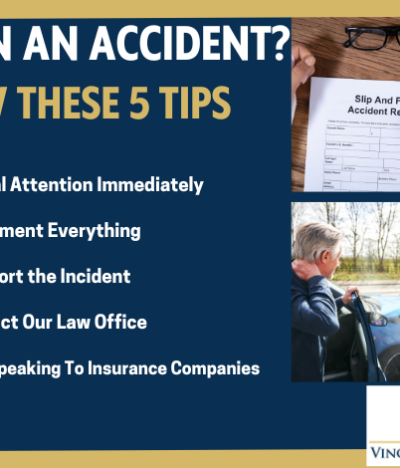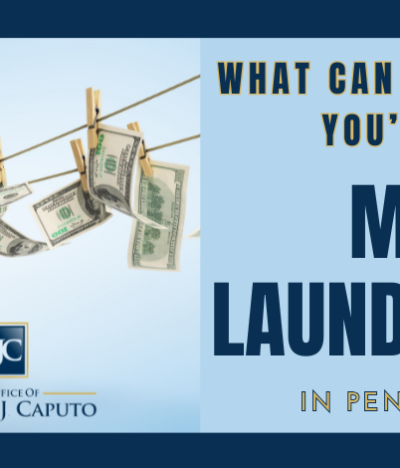In an effort to safeguard the lives of young passengers, the Pennsylvania Child Safety Seat Law stands as a crucial measure to ensure that children are adequately protected while traveling on the state’s roads. This law places the utmost emphasis on the well-being of children, aiming to reduce the number of injuries and fatalities resulting from motor vehicle accidents. Understanding the intricacies of this law and its requirements is essential for all parents, guardians, and caregivers to ensure they comply with the regulations and keep their children safe on the go.
The Importance of Child Safety Seats
Motor vehicle accidents remain a leading cause of injury and death for children. To mitigate this risk, child safety seats have been proven to significantly reduce the severity of injuries in the event of a crash. According to the National Highway Traffic Safety Administration (NHTSA), using an appropriate child safety seat can lower the risk of fatal injury for infants by 71% and for toddlers by 54%.
Child safety seats are designed to protect children in various age and weight groups, ensuring that they are securely restrained in the vehicle during travel. The proper installation and use of these seats are critical to their effectiveness, making it imperative for parents and caregivers to familiarize themselves with Pennsylvania’s Child Safety Seat Law.
Pennsylvania Child Safety Seat Law: An Overview
The Pennsylvania Child Safety Seat Law is governed by Title 75, Section 4581 of the Pennsylvania Consolidated Statutes. The law outlines the specific requirements for the usage of child safety seats based on the age, weight, and height of the child.
- Rear-Facing Seats: Infants and Toddlers
- Children under the age of two or those who have not outgrown the weight and height limits set by the seat manufacturer must be secured in a rear-facing child safety seat.
- It is recommended to keep children in rear-facing seats for as long as possible, as it provides the best protection for their developing neck and spine.
- Forward-Facing Seats: Toddlers and Young Children
- Children between the ages of two and four years or who have outgrown the rear-facing seat’s height and weight limits should be placed in a forward-facing child safety seat with a harness system.
- Booster Seats: Preschool and School-Age Children
- Children between the ages of four and eight years must be restrained in a booster seat until they are at least 4’9″ tall.
- Booster seats help children fit into adult seat belts correctly, reducing the risk of injury in case of a crash.
- Seat Belts: Older Children
- Once children reach the age of eight or grow to a height of 4’9″, they are no longer required to use a booster seat but must wear a seat belt at all times while traveling.
Enforcement and Penalties
Pennsylvania law enforcement agencies take child safety seriously, and non-compliance with the Child Safety Seat Law may result in penalties for the driver. Failure to secure a child in an appropriate safety seat may lead to a fine and additional court costs. However, it is crucial to remember that these penalties pale in comparison to the potential consequences of a preventable injury or loss of life.
Educational Resources and Assistance
To promote widespread compliance with the Child Safety Seat Law, Pennsylvania provides various resources and assistance to help parents and caregivers ensure the safety of their children while traveling. Local law enforcement agencies, hospitals, and community organizations often offer free car seat inspections and educational programs to instruct parents on proper installation and usage of child safety seats.
- Fines: The most common penalty for violating the Child Safety Seat Law is a monetary fine. The amount of the fine can vary depending on the jurisdiction and the severity of the violation.
- Court Costs: In addition to the fine, there may be additional court costs associated with the violation.
- Points on Driver’s License: In some cases, violating the Child Safety Seat Law may result in points being added to the driver’s license. Accumulating too many points can lead to license suspension or other consequences.
- Education Program: As an alternative to or in addition to fines, a court may require the offender to attend an educational program on child safety seats to increase awareness and understanding of the importance of proper child restraint.
- Community Service: Some courts may order community service as a penalty for violating the Child Safety Seat Law.
- Criminal Charges: In extreme cases of repeated and severe violations, law enforcement and the courts may pursue criminal charges, which could lead to more severe penalties, including potential jail time.
It is important to note that penalties for violating the Child Safety Seat Law are secondary to the primary goal of protecting children and ensuring their safety while traveling. The aim of enforcement is to promote compliance with the law and prevent injuries to children in the event of a motor vehicle accident.
To avoid penalties and, more importantly, to ensure the safety of children, parents, guardians, and caregivers should familiarize themselves with the specific requirements of the Child Safety Seat Law and use appropriate child safety seats according to their child’s age, weight, and height. Additionally, attending car seat inspection events and educational programs can help parents and caregivers properly install and use child safety seats for maximum effectiveness.
The Pennsylvania Child Safety Seat Law serves as a cornerstone in the efforts to protect young passengers on the state’s roads. By understanding and adhering to the law’s requirements, parents, guardians, and caregivers can contribute significantly to ensuring the safety and well-being of their children during travel. It is essential to recognize that using an appropriate child safety seat is not merely a legal obligation but, more importantly, a responsibility to safeguard the lives of the most vulnerable members of society—our children.








